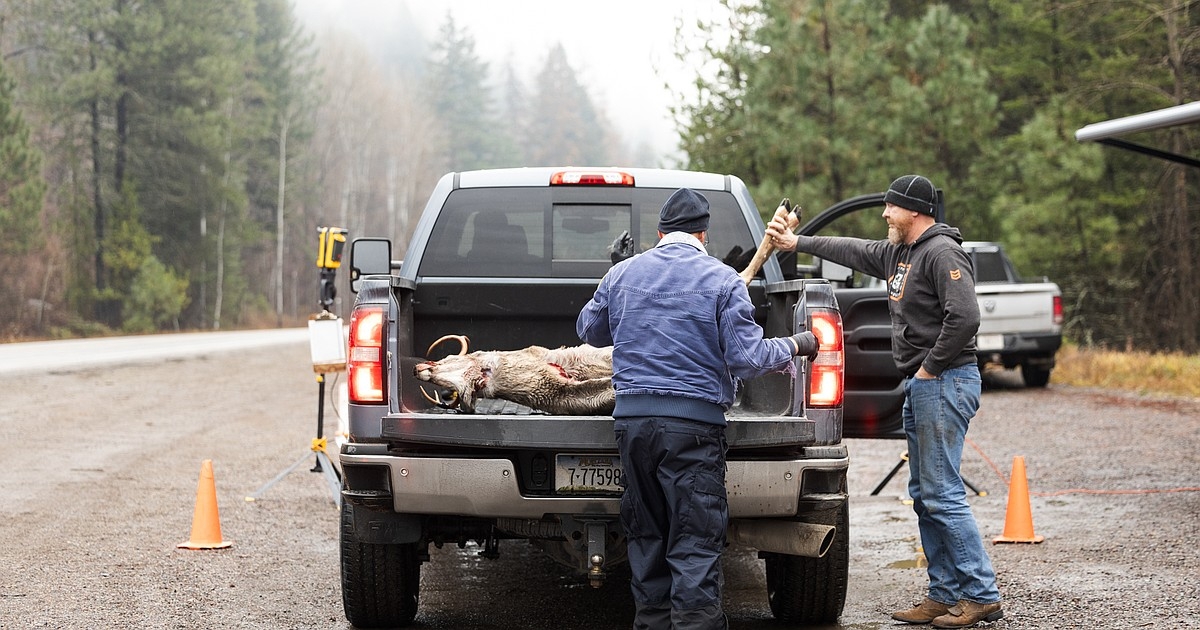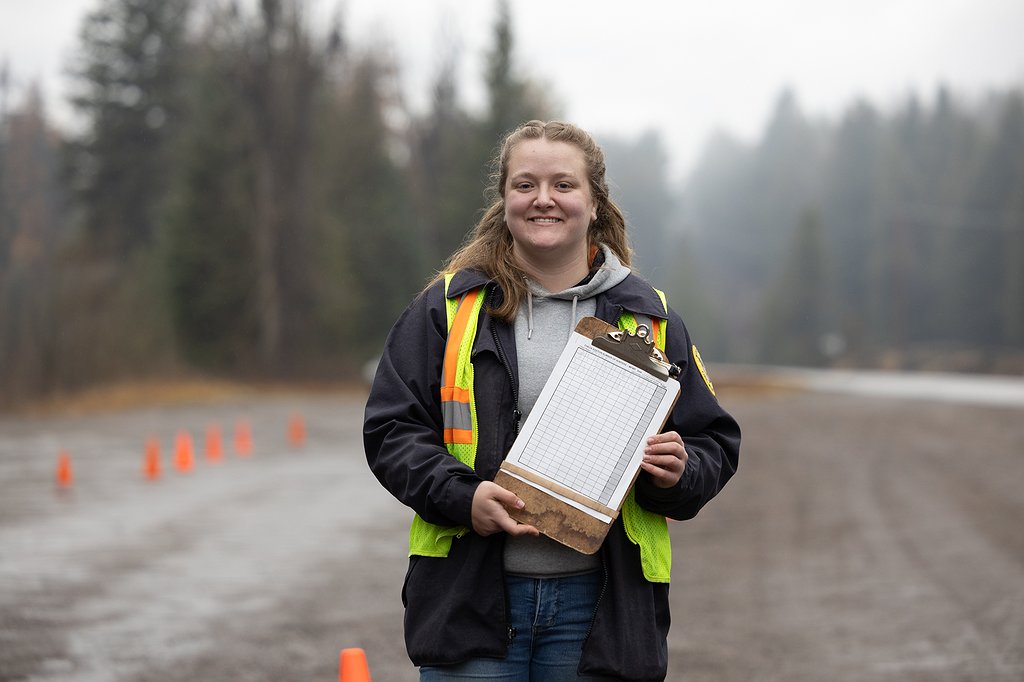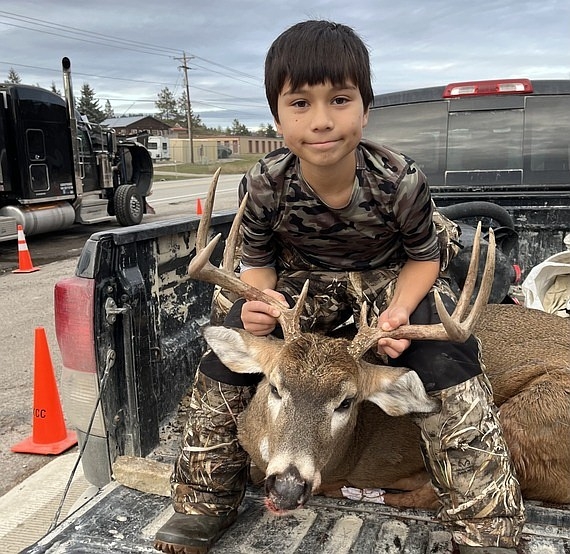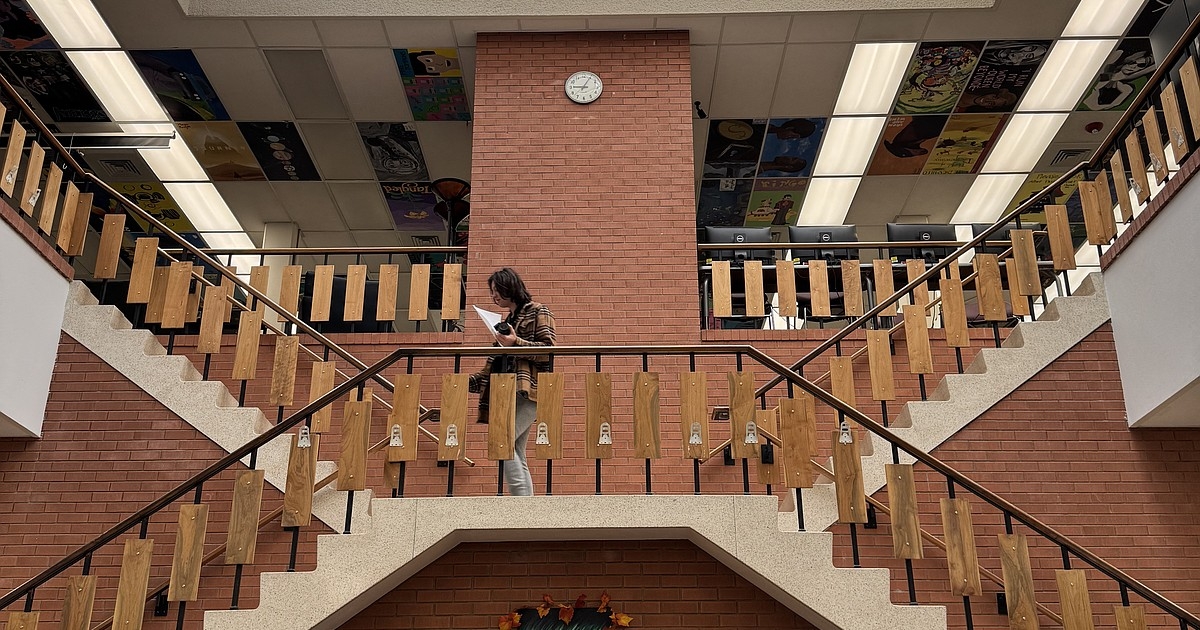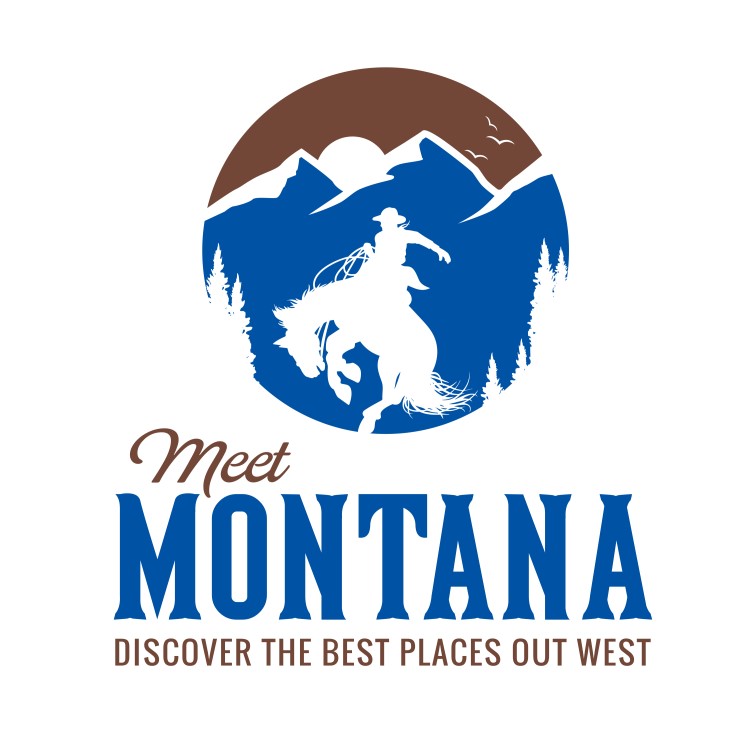Description
OLNEY — Dan Cassidy shouldered his .270 rifle Saturday as he walked out of the forest near the game check station at Olney. He was empty-handed on the fourth weekend of Montana’s general big game season, but a vibrant smile still crossed his face.
Cassidy hunts to provide for his family and often goes out with his sons. He processes the game with his daughters, and in years when he has a surplus, he donates to others in need.
Last week, he planned to help North Valley Food Bank process game donated through the Hunters Against Hunger program in partnership with Montana Fish, Wildlife and Parks. The volunteer opportunities were filled on this occasion, but Cassidy called the effort a win-win that allows hunters to give back.
“Through hunting, you know where your meat is coming from, and it’s a good place to come out here and have fun,” Cassidy said.
Through Hunters Against Hunger, deer, elk, antelope, moose and wild bison can be donated to dozens of participating processors in Montana, who then distribute the meat through the Montana Food Bank Network. Since 2014, more than 413,995 pounds of meat have been donated.
Whitefish’s North Valley Food Bank is the participating partner serving Flathead County.
“This is by far our most popular, busiest season ever for this program,” Katama Vorsheim, the food bank’s warehouse coordinator, said last weekend.
Twenty deer have been donated so far this season, compared with 26 donations all last season, which added up to about 1,000 pounds of wild game.
“This program, it’s come at a really great time because we’ve been able to use that meat immediately in the store and it’s a really good option for people,” Vorsheim said, noting that the food bank has extended hours in November after SNAP benefits were delayed during the federal government shutdown.
Meat is processed by volunteers experienced in handling wild game, but newcomers are welcome to learn and pass down the tradition. Each pound of meat processed earns $3.
For hunters to donate their game, the meat has to be verified as sanitary, which makes Fish, Wildlife and Parks check stations an important part of the process. Once checked, the game is cleared for chronic wasting disease and can be donated.
Last Saturday, hunters lined up at the Olney check station, where Neil Anderson, the regional wildlife manager at Montana Fish, Wildlife and Parks, and seasonal technician Holly Turner took samples to check for chronic wasting disease and record whitetail deer health. The disease was detected in a herd near Kalispell last season and has been found in deer in hunting districts around Libby.
“With chronic wasting disease spreading, we have to be diligent about what meat hunters process,” Anderson said.
When game is processed at North Valley Food Bank, Vorsheim keeps a record of any deer that may have chronic wasting disease and shares the data with state wildlife biologists.
“I try to keep a pretty good record of the hunting to different hunting districts and how CWD is popping up in there,” Vorsheim said.
Game donations have made a large impact on research of chronic wasting disease to ensure it doesn’t spread in urban areas, although it’s still prevalent. The disease has been detected in 36 states and five Canadian provinces. It causes a deer to lose weight, develop brain lesions and always leads to death.
A study published in April by the Graduate Faculty of North Carolina State University found urbanization and infection rates to be correlated, citing that disease rates may be higher because of greater deer densities in urban areas.
“It’s really dense populations in these urban areas where you know if you get a disease like chronic wasting disease in there, it can just take off,” Anderson said.
Game Warden McKenzie Clark patrolled the area surrounding the Olney check station last weekend to ensure the safety of hunters and wildlife. She often is out in nature in her free time and hunts with her family in central Montana. She has made multiple donations to North Valley Food Bank, as it is the game warden’s job to donate any game that is poached.
“It’s the greatest job in the world to be able to get out and check on hunters,” she said.
Hunters can also help the program by making a minimum $1 donation when purchasing a deer tag. This year, the program has seen 18,000 total donors, with 5,000 of those from out of state.
“The outreach has been amazing,” said Dillon Tabish, Fish, Wildlife and Parks regional communication and education program manager. “We’ve raised $110,000 just this year.”
Additional donations can be made online at mfbn.org/hunters-against-hunger or by calling 406-721-3825.
 A buck stands in a clearing near the Montana Fish, Wildlife and Parks check station on U.S. 93 in Olney on Saturday, Nov. 15, 2025. (Brooke Bickers/For the Pilot)
A buck stands in a clearing near the Montana Fish, Wildlife and Parks check station on U.S. 93 in Olney on Saturday, Nov. 15, 2025. (Brooke Bickers/For the Pilot)
 Game Warden McKenzie Clark the Montana Fish, Wildlife and Parks check station on U.S. 93 in Olney on Saturday, Nov. 15, 2025. (Brooke Bickers/For the Pilot)
Game Warden McKenzie Clark the Montana Fish, Wildlife and Parks check station on U.S. 93 in Olney on Saturday, Nov. 15, 2025. (Brooke Bickers/For the Pilot)
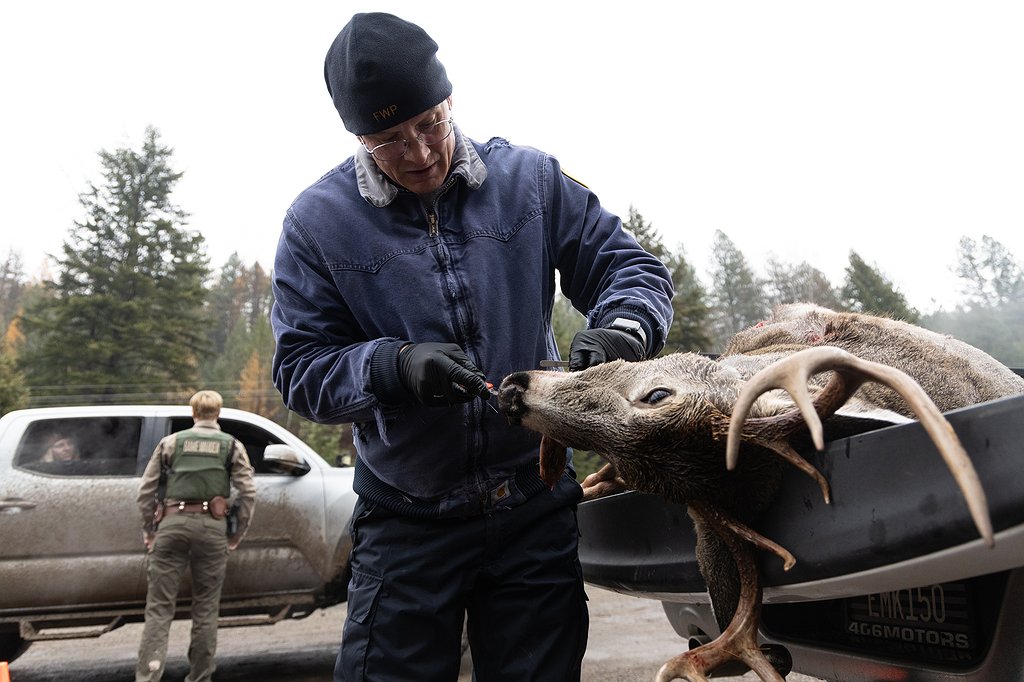 Neil Anderson, regional wildlife manager at Montana Fish, Wildlife and Parks, checks a carcass at the game check station on U.S. 93 in Olney on Saturday, Nov. 15, 2025. (Brooke Bickers/For the Pilot)
Neil Anderson, regional wildlife manager at Montana Fish, Wildlife and Parks, checks a carcass at the game check station on U.S. 93 in Olney on Saturday, Nov. 15, 2025. (Brooke Bickers/For the Pilot)
News Source : https://whitefishpilot.com/news/2025/nov/26/hunters-against-hunger-program-boosts-food-bank-donations-while-battling-cwd/
Other Related News
11/26/2025
Flathead County commissioners on Tuesday made the first step in transitioning the county ...
11/26/2025
Flathead Electric Cooperatives Roundup for Safety Board of Directors awarded 20292 in sup...
11/26/2025
Flathead Valley Community Colleges Marketing Communications Department earned seven award...
11/26/2025
The general deer and elk hunting season is down to the final weekMontana Fish Wildlife an...
11/26/2025


